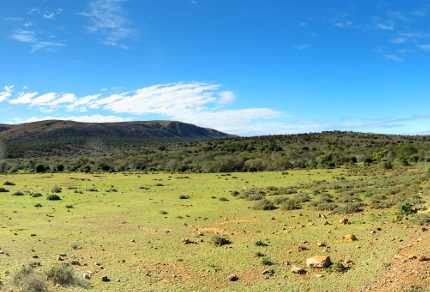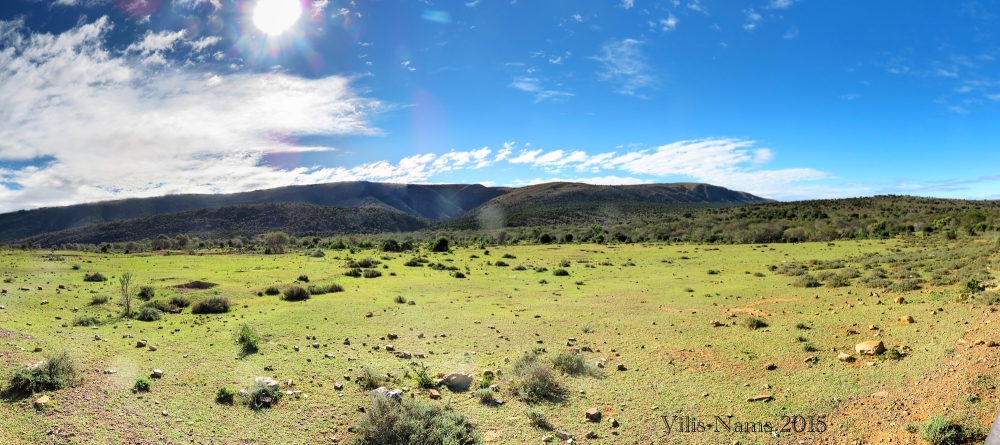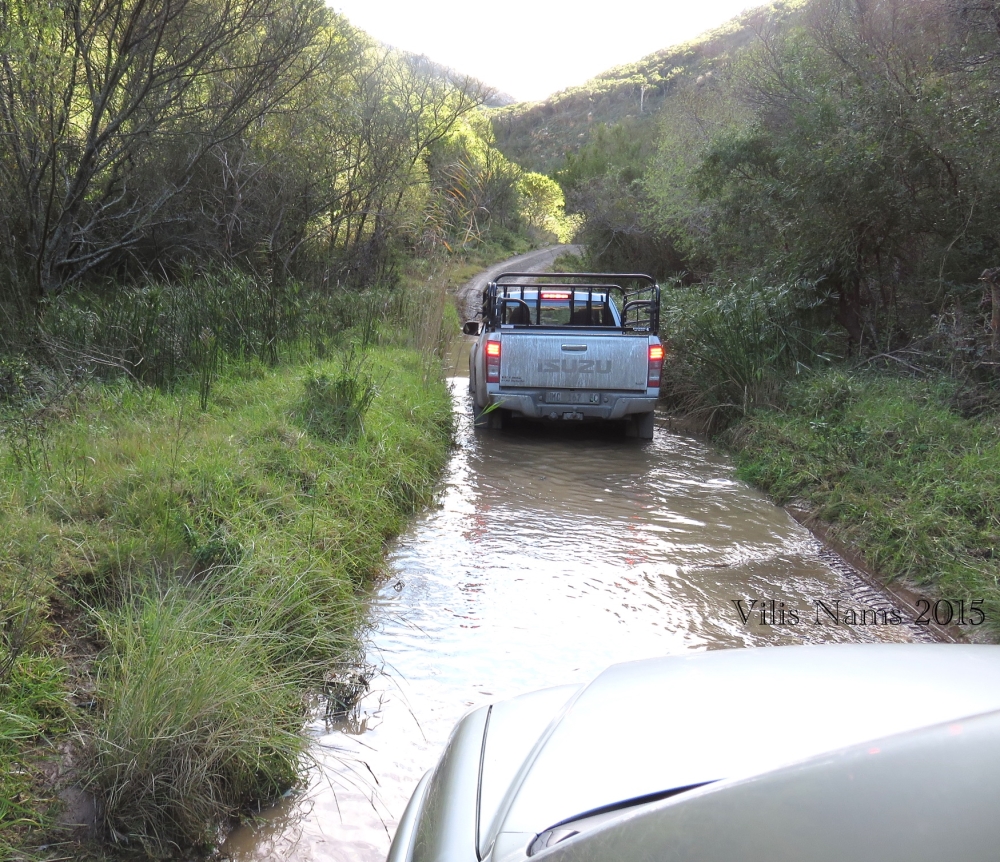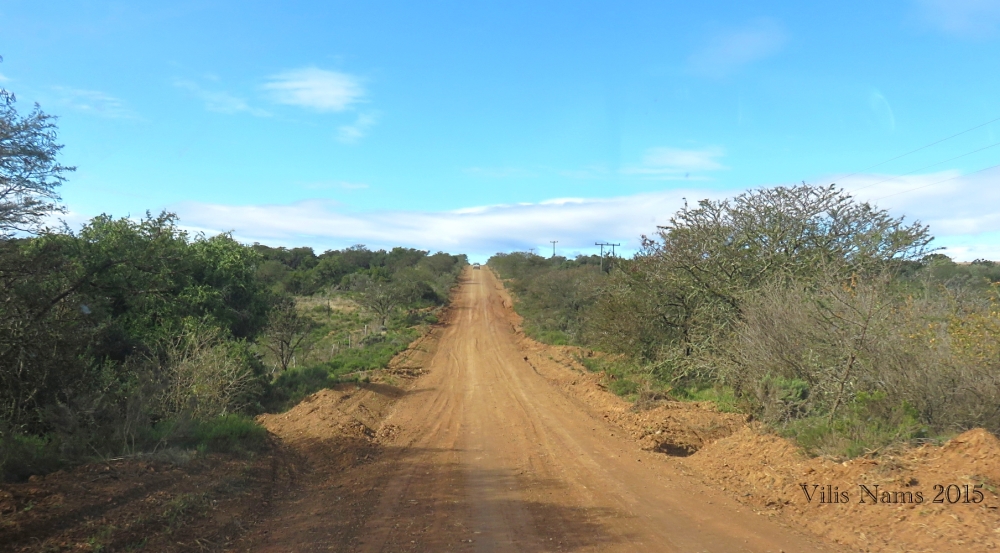Birding in Frontier Country, Eastern Cape, on a winter day took us into Burchell Game Reserve and onto rugged backcountry roads. Great views, great birds and great fun!
At 7 a.m. on Saturday morning, periwinkle clouds shot through with electric pink bathed the sky over Grahamstown at sunrise. Vilis and I walked briskly through Rhodes University campus to Albany Museum, round the corner from the university’s arched entrance gate. Drizzle speckled our coats as we met four other Diaz Cross Bird Club members intent on attending an outing to Springvale Olive Estate. Since I enjoy birding, and Vilis, who describes himself as “birder support,” likes outings, we joined the club last week.
Rain began to fall in earnest as we drove west from Grahamstown in two 4WD vehicles. Grahamstown is the hub city of the Eastern Cape region known as Frontier Country because of its rich history of military clashes during British expansion into Xhosa land.
By the time we reached Springvale Olive Estate, about 50 kilometres from Grahamstown, a decision had been made to look for birds by car rather than on foot due to the wet weather. Crows. Jackal buzzard – strikingly attractive, with its reddish tail and black-and-white wings. Fork-tailed drongo. Rock kestrel. Mousebirds…
From my fellow birders, I learned that the abundant orange-flowering aloe plants growing in the dry, hilly landscape are pollinated by birds rather than bees and that cacti and agave, both common, are not native to South Africa. The cacti were originally introduced as forage and for their fruits. The massive agave plants, with their towering flowering stalks, came from Mexico.
I also learned that in South Africa, an ephemeral waterbody is called a pan and that the official botanical name for the vegetation surrounding us – grassy shrubland with lots of thorny plants, aloes and other succulents – is East Coast Subtropical Thicket.
We made a brief stop at Alicedale’s sewage ponds, which was a great spot for birds. Yellow-billed ducks. Red-billed teal. Egyptian geese. South African shelducks. Cape wagtails. Three-banded plovers. Weavers. Malachite sunbird. Greater double-collared sunbird. Cape rock-thrush. Hadeda ibises. Red-knobbed Coots. Common fiscal. Yellow-billed egret… A sewage plant worker came out to check on us, so Vilis told him we were looking at birds. The man shook his head and walked away.
After we left the sewage ponds, we drove through rugged rural backcountry, including Burchell Game Reserve. Many sections of road were rough and eroded. Some were bedrock, and others were flooded. However, the rain had stopped and sunshine washed over the hills and valleys, so we kept going. We didn’t end up in a donga (eroded gully), but one of the vehicles got hung up on a rock on a mountain road. Three of us lifted it off, and we headed down the mountain. Red-faced mousebird. Fiscal flycatcher. Another rock kestrel. African harrier-hawk. Black-headed oriole…
Within Burchell Game Reserve, we spotted impalas, giraffes, warthogs and blue wildebeests, none of which are native to the Grahamstown area but have been successfully introduced to game reserves. A herd of wildebeests pounded across the road ahead of us, giving us a wee glimpse of what it would be like to see the big herds migrating across the Serengeti in Tanzania. A herd of blesboks racing after the wildebeests caught sight our vehicles, did an about-face and bolted away.
From broad valleys, the road led us through a narrow, densely vegetated kloof (ravine) between steep, rocky slopes. This was where we encountered flooded sections of road and where a fellow birder commented that it was a good place to look for leopards. We saw none.
Soon after, we linked up with graded roads. Outside the small farming community of Riebeeck East, with its blocky, pastel-painted houses, we spotted a vervet monkey. Farther on, two black harriers cruised the sky, their black-and-white wings and tails dramatic against the blue sky. Then it was clear sailing back to Grahamstown, where Vilis and I collected garbage alongside the stone path up Gunfire Hill as our way of participating in Nelson Mandela International Day.







